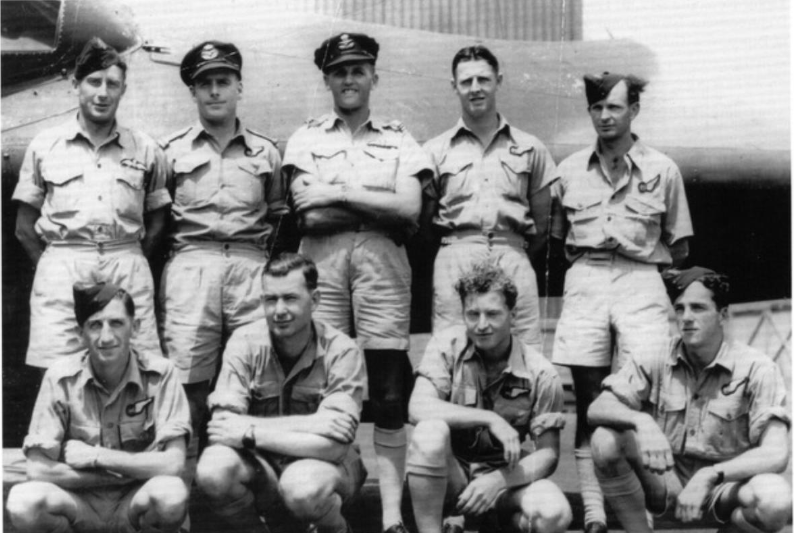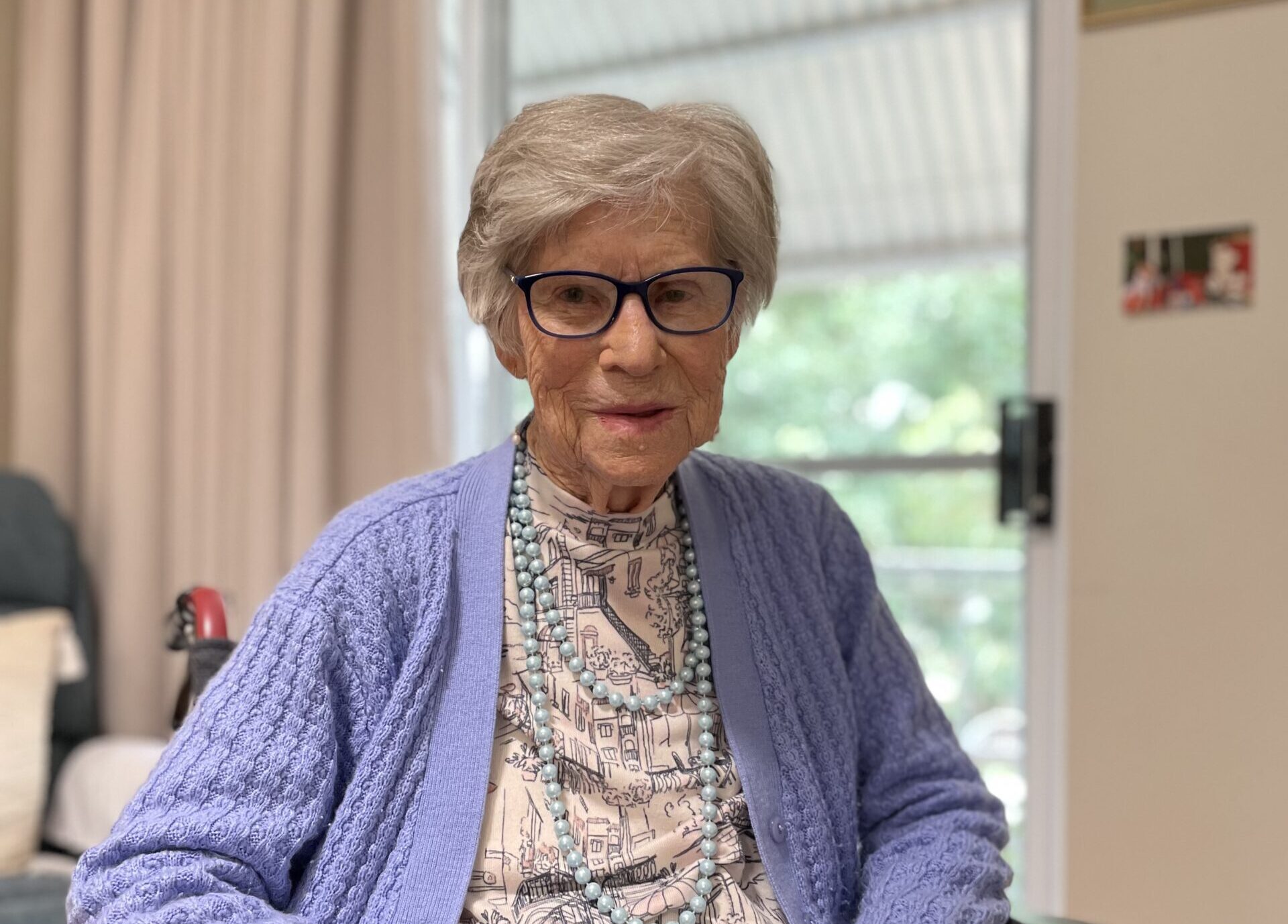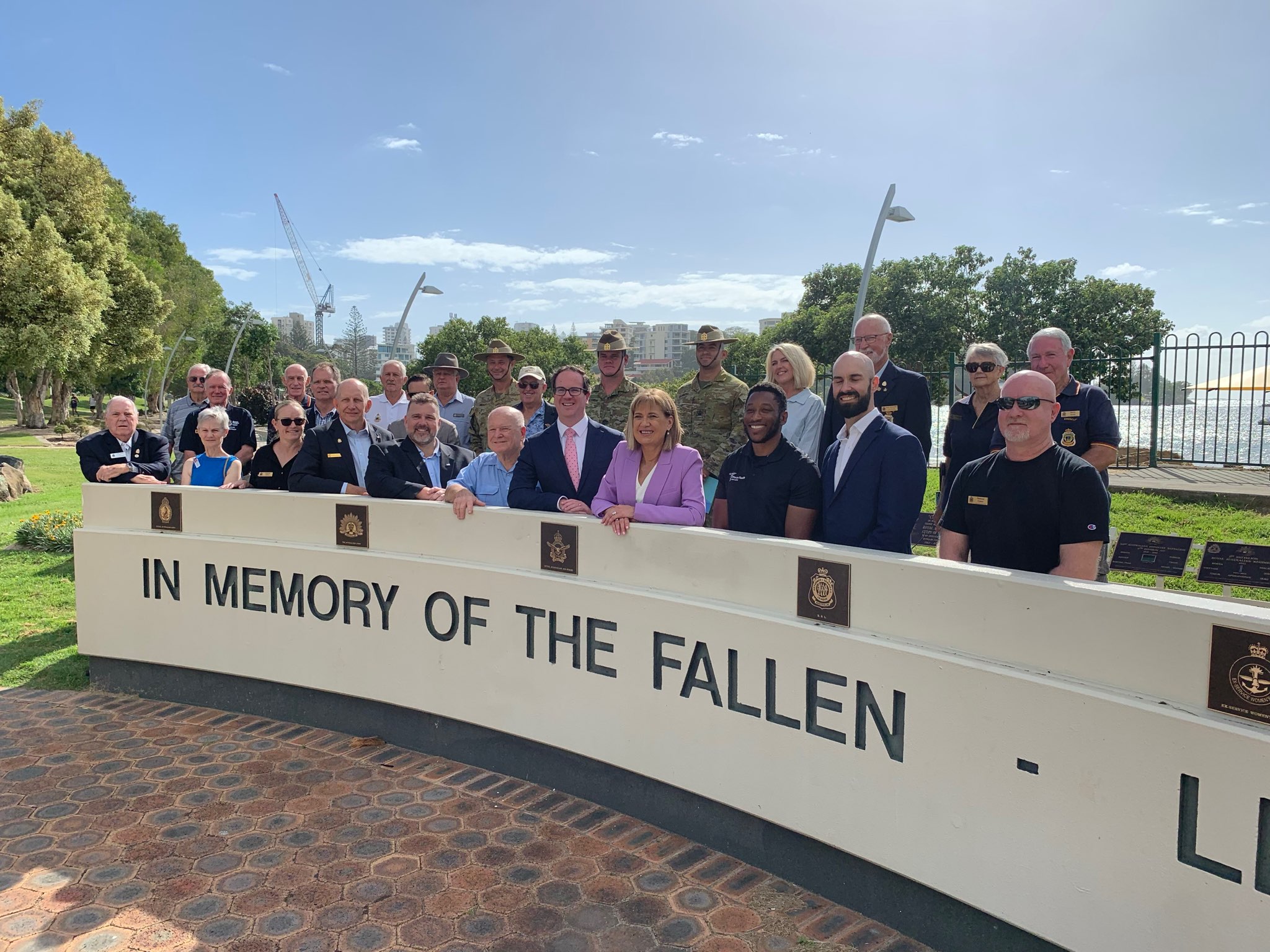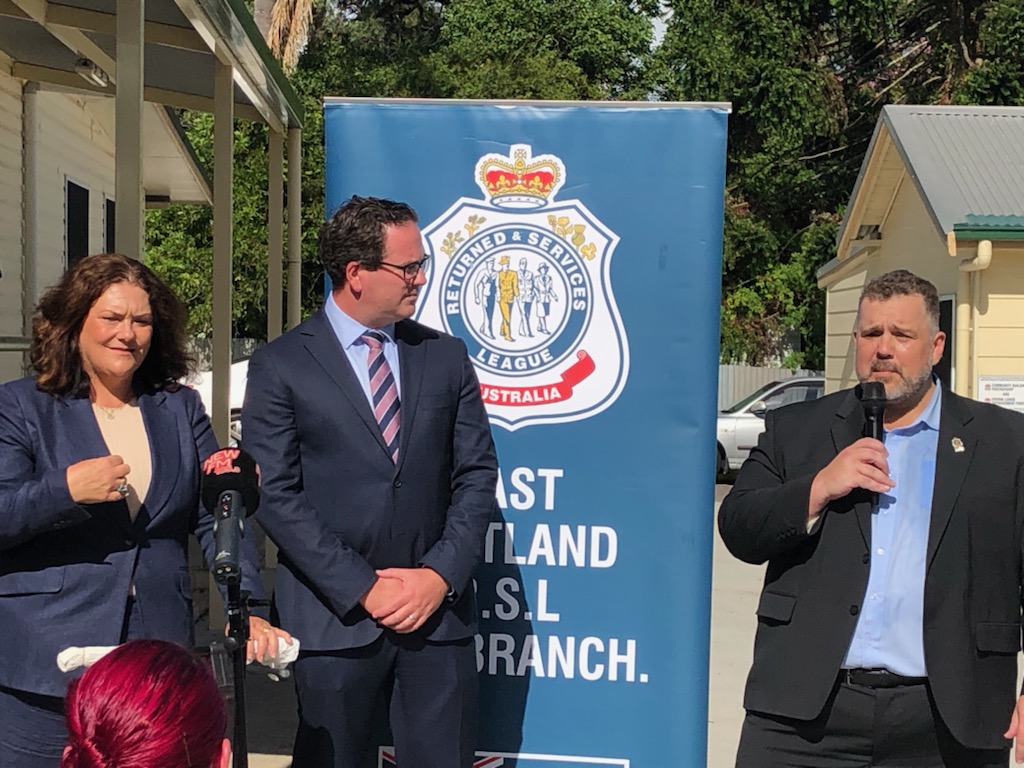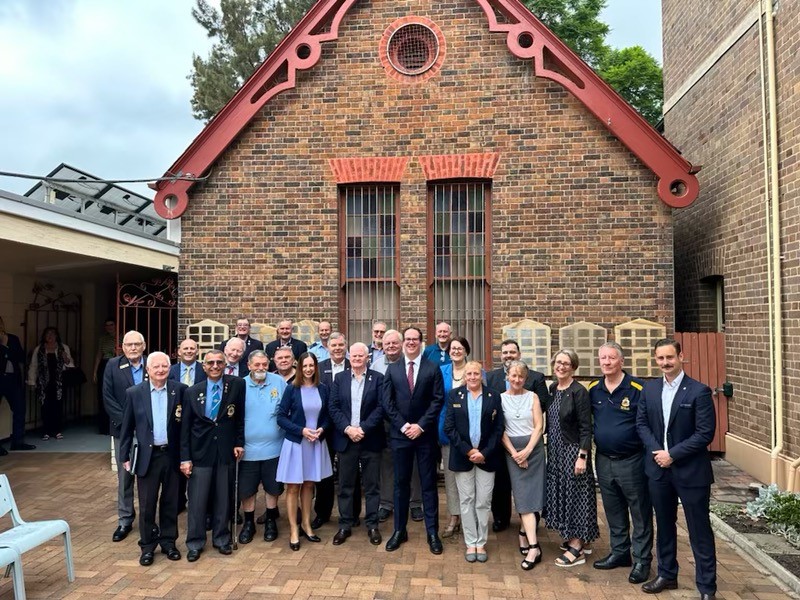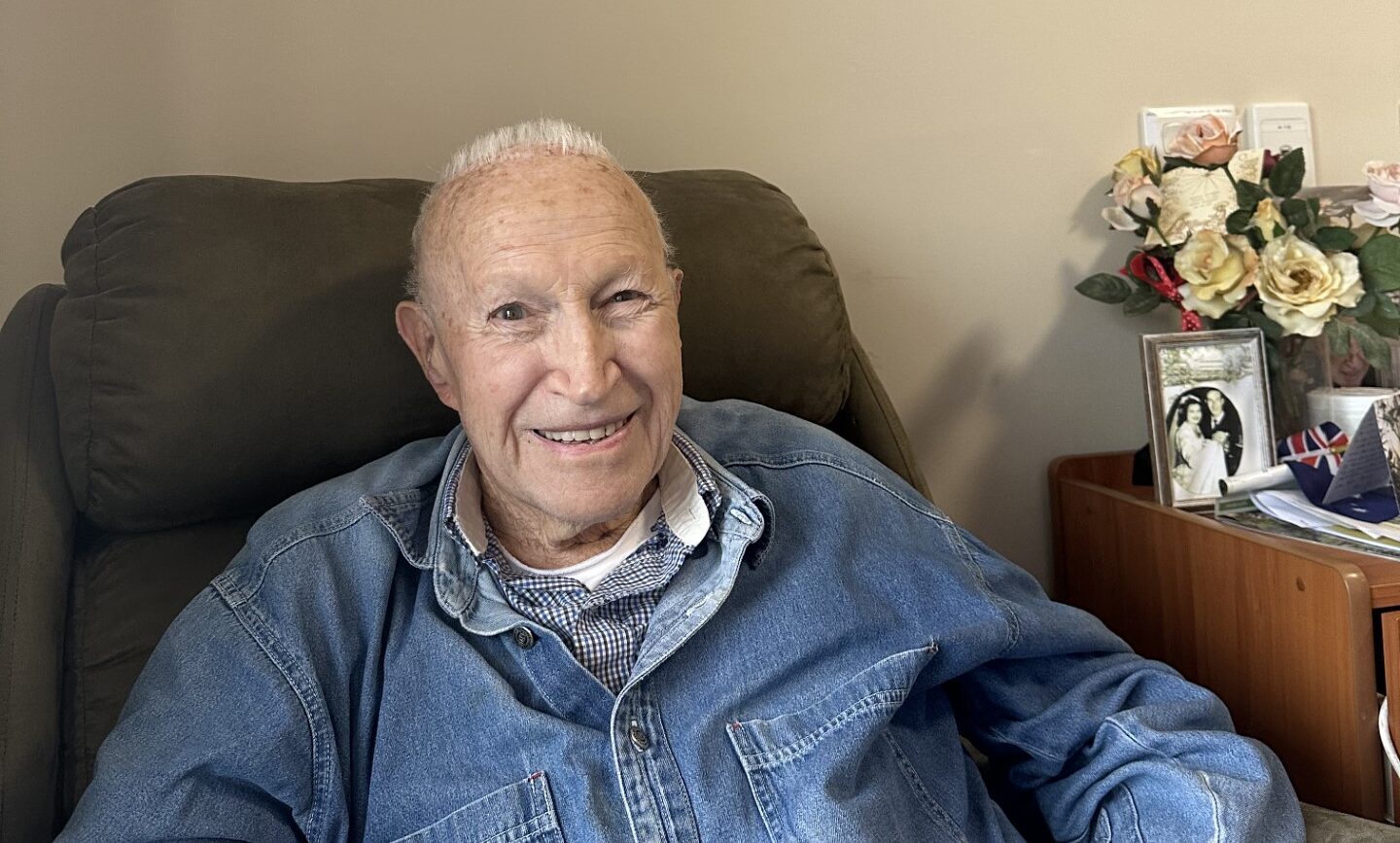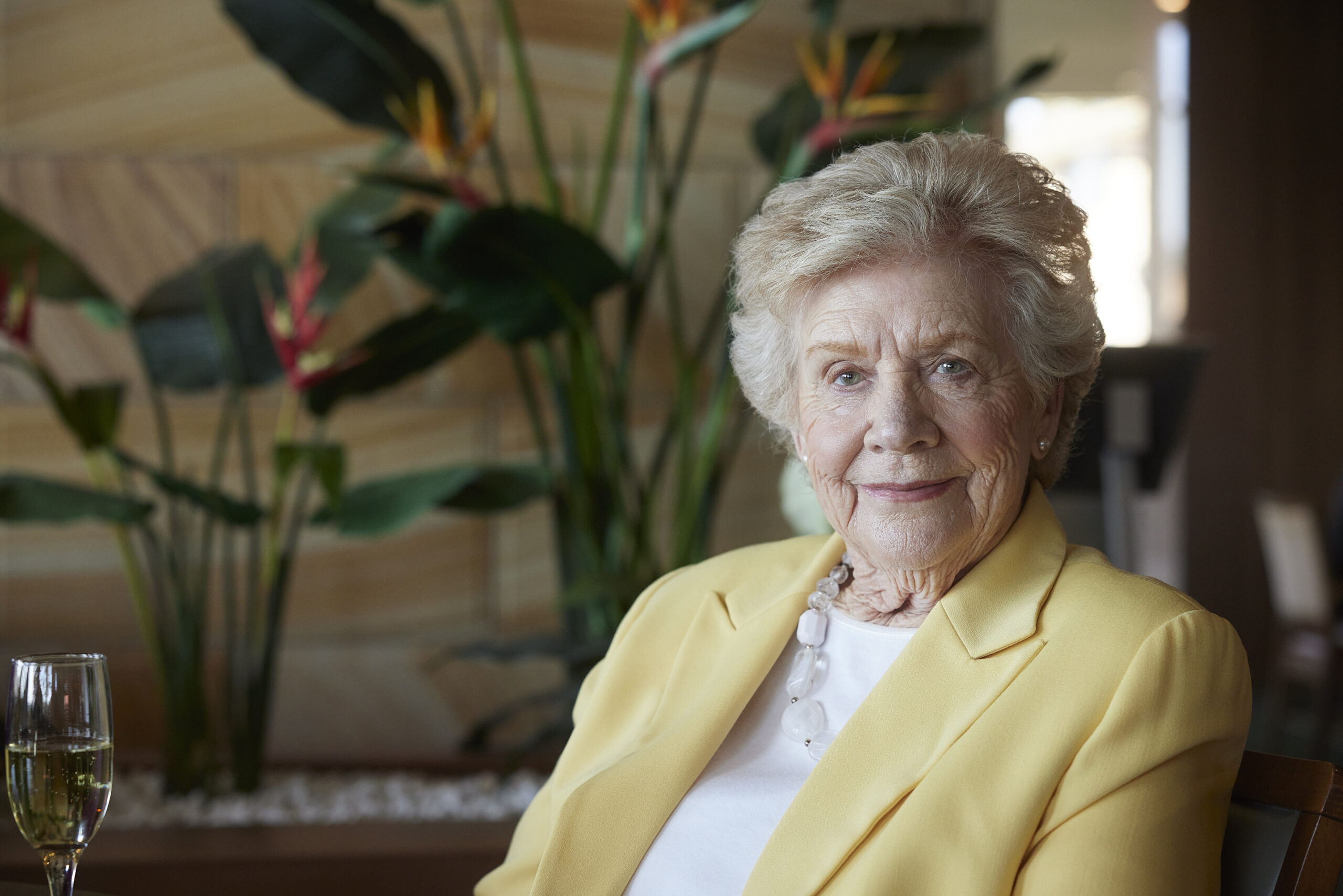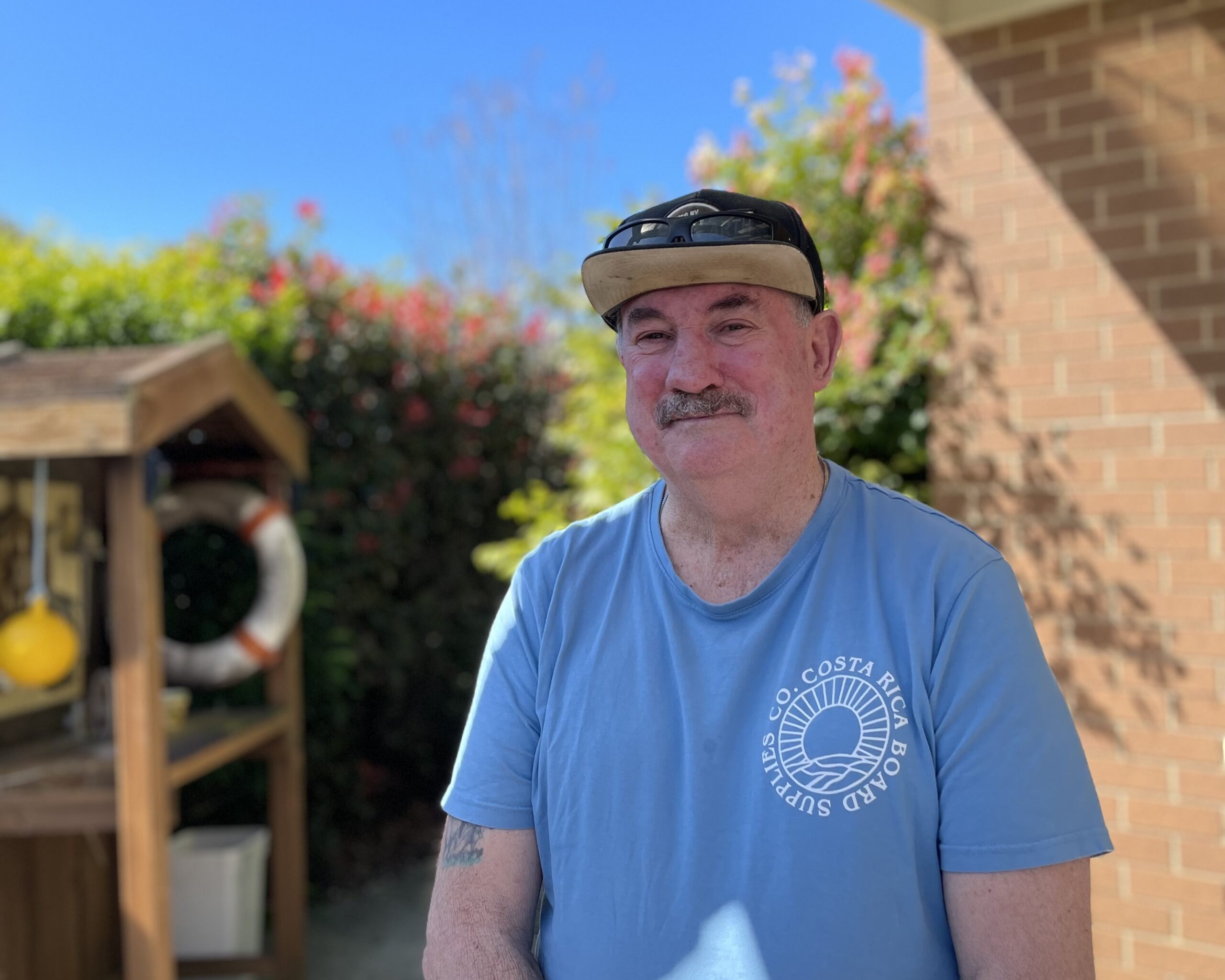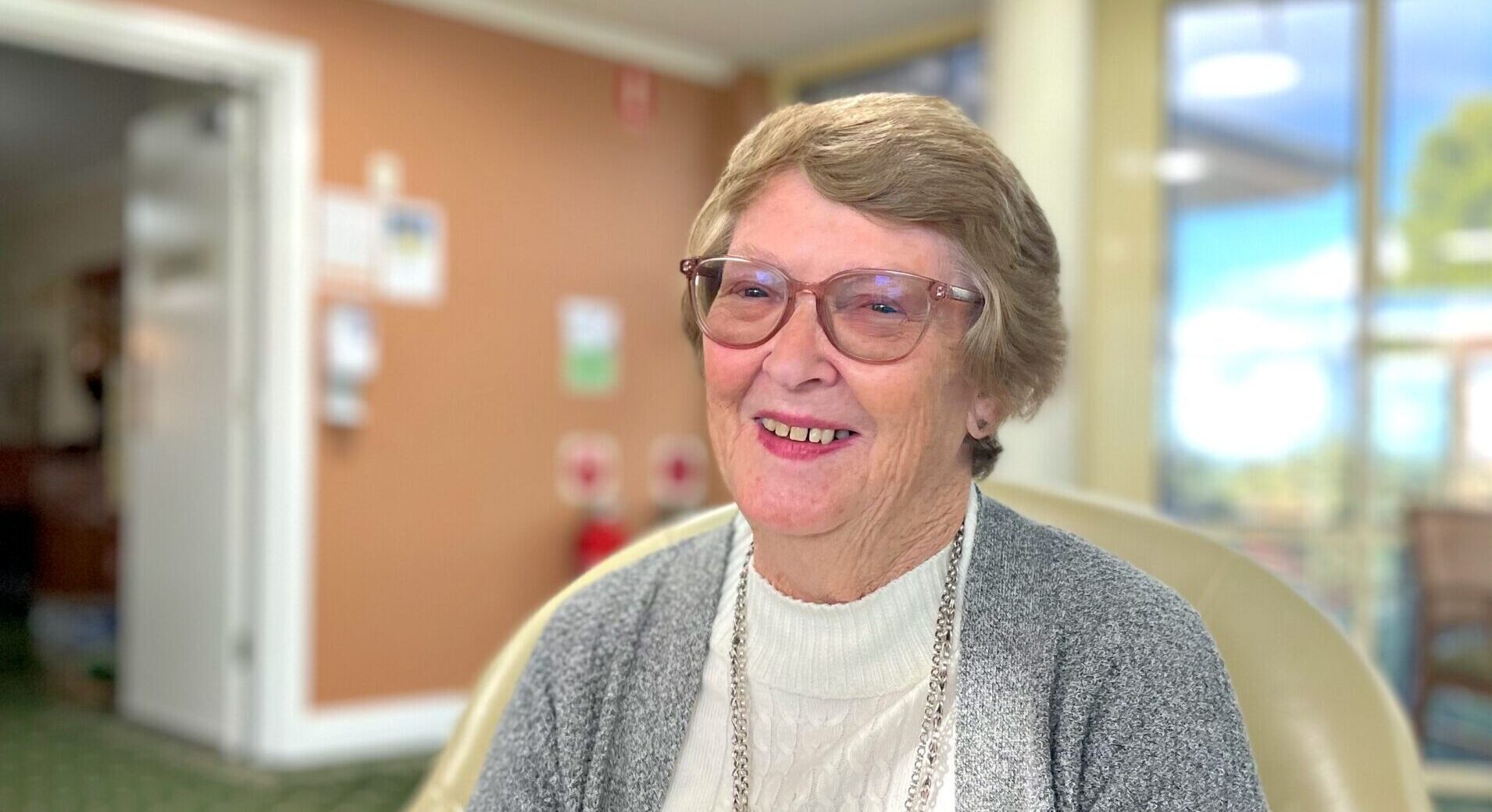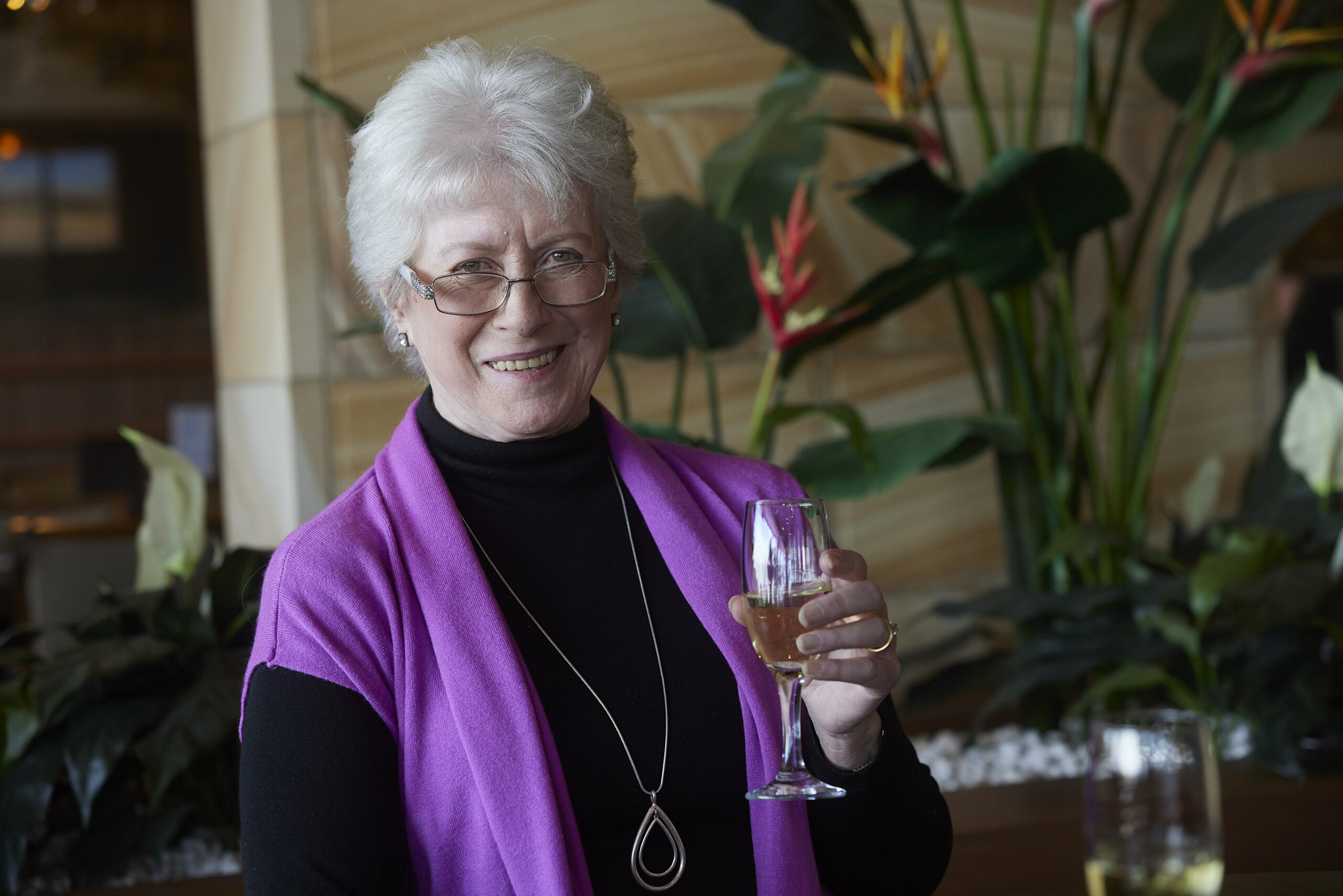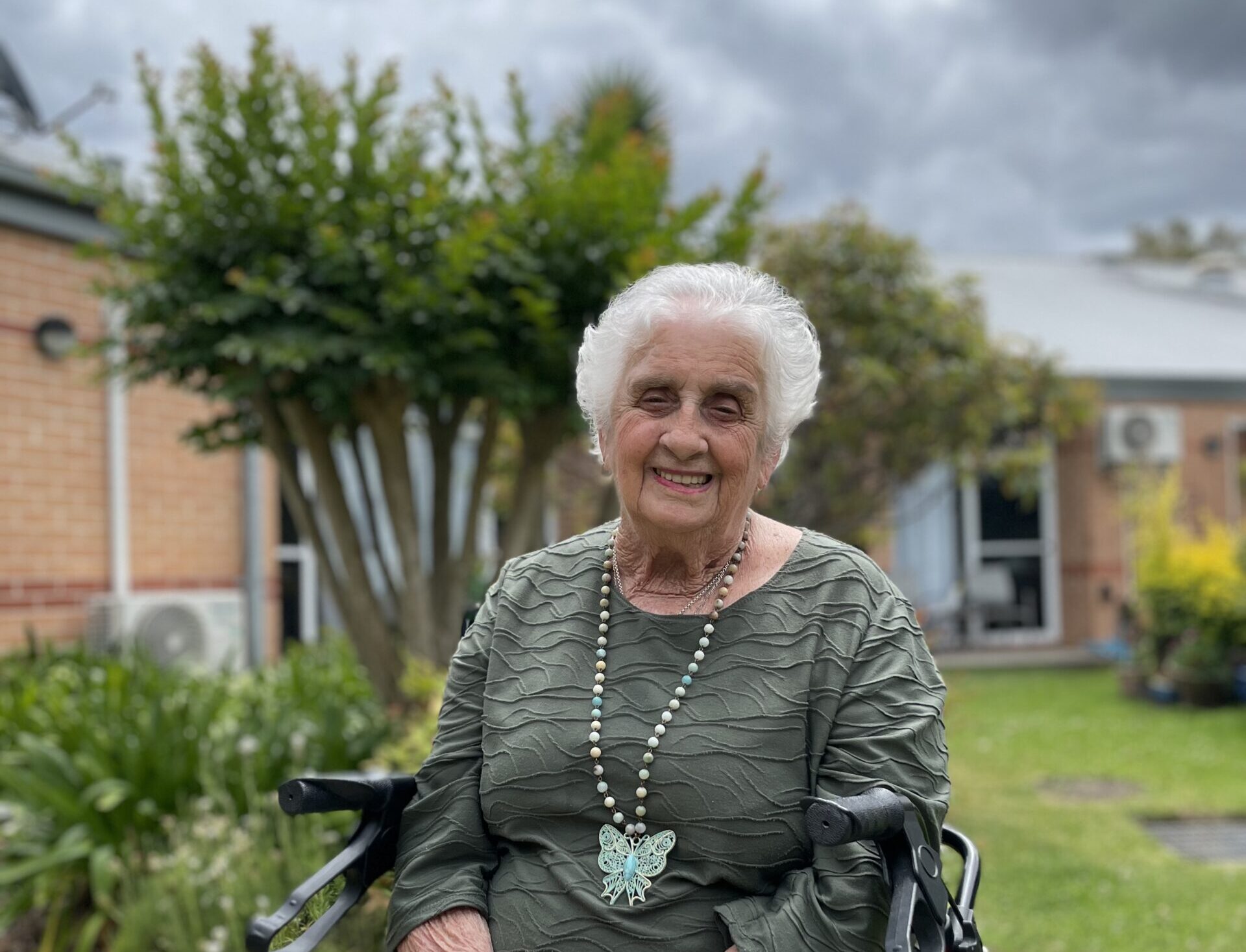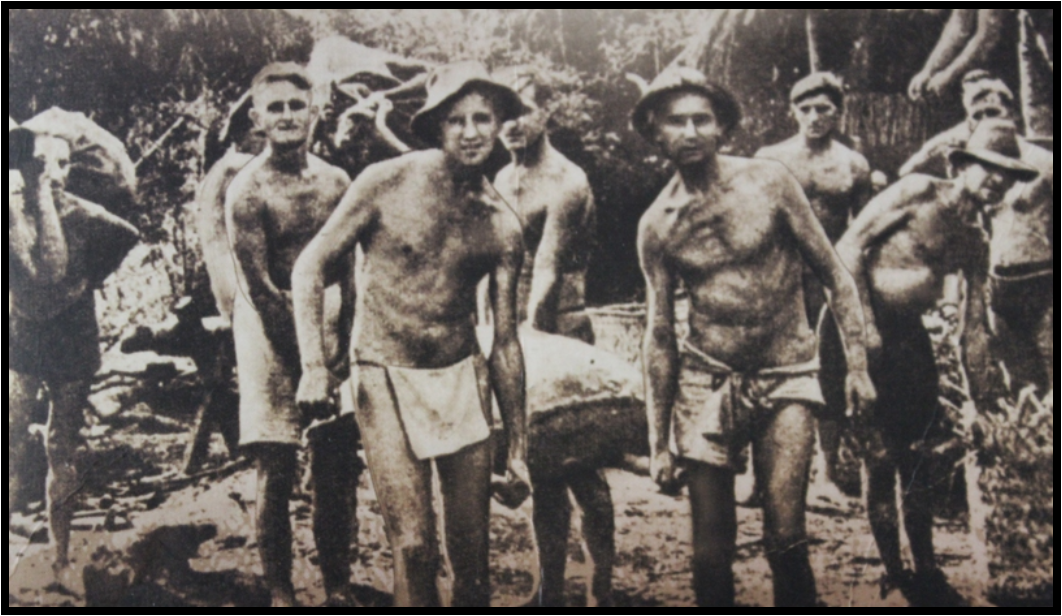
Hidden Treasures – Wal Williams
Part 1
I was born in October 1922 and grew up in the leafy Sydney suburb of Northbridge. My dad was a keen and strong swimmer and Northbridge Baths were a big part of our lives, so I became a good swimmer too. It took me a long time to be able to match him, I can tell you that. I was involved in competitive swimming from the age of ten (competing in the NSW State Championships aged 12) until the war and it probably saved my life.
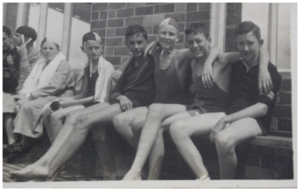
When the war broke out my father, a WWI veteran of the Gallipoli Campaign (12th Light Horse), was adamant I wasn’t going into the front lines like he had. I was 17, so I thought I knew everything of course but being underage I still needed his permission. He bent enough to let me go into the Permanent Army and I was posted to RMC Duntroon. It was very hard to transfer from there into the AIF, so this may have been part of his plan. But I was young and determined and found a way to recruit into the 8th Infantry Battalion. He went really crook at me but there was nothing he could do.
We trained at Dubbo and sailed on the Aquatania into Singapore Harbour in December 1941. The war was on with Japan, Pearl Harbour had been attacked and we were sent up into Malaya, coming in as reinforcements to the 2/19th Battalion. We held the southern state of Malaya which was our defense perimeter but the Japanese were coming down at a terrifying rate. We defended as best as we could while our troops in Malaya withdrew through us and across the causeway to Singapore Island. It was terrifying. Once they were across we retreated also, blowing a large section out of the causeway to stop the Japanese advance.
Of course the British troops had been in Singapore for years and we all believed it would be an impregnable fortress. We were allocated a position to hold on the North West part of Singapore Island at Kranji – a patch of bush with nothing on it but a secondary rubber plantation. There was a half mile-wide strait between us and Malaya, no more than West Head to Palm Beach. I was in B Company, the 2/19th Battalion, 7th Platoon and we were stuck down on the coconut grove on the water’s edge. It was the only bit of flat ground around and the logical place where the Japanese would land. We all knew it.
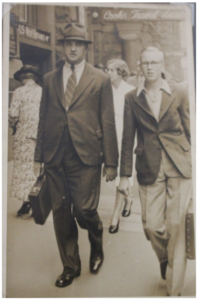
We couldn’t dig trenches deeper than a foot because of the water so we dug depressions in the ground which enabled us to lay in them and get slightly below ground level. Our job was to fire off flare guns when the Japanese were about half way across the Strait, then the artillery up in the hills behind us were to open up on them. On that fateful day, the 8th February 1942 (when the Japanese landed in Singapore), our Commanding Officer was back at HQ very crook with dysentery. He was replaced by Major Robinson from the 2/26th Battalion. Because of the artillery and mortar fire they were under he decided to shift Battalion Headquarters off the high ground at that late stage. It was a fatal mistake.
We copped a pasting. We were under a terrific barrage of artillery, machine gunning and bombing and what have you. We just lay there for most of the afternoon in our pathetic, soggy depressions hoping to God our tin hats would protect us. Night came, and so did the enemy. By the light of the flares we fired we could see about fifty boatloads of them coming across. We opened up with what we had – rifles, a Lewis gun and a Bren gun – and of course we were totally overwhelmed.
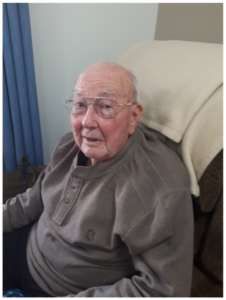
About a quarter of our Battalion had been wounded prior to this through shellfire and mortar fire. A lot of them had been evacuated to hospitals in Singapore. There were about eight of us in our section, down on the waters edge in the dead of night. We didn’t stand a chance. We were pushed back to Company HQ and with the Battalion HQ having been moved off the high ground so recently, a lot of blokes didn’t know where it was. The Japanese got the high ground. It was only due to the bravery of men like Sergeant Parry Moore who put up a hell of a fight that we didn’t get killed then and there. We were surrounded, with wounded in vehicles and the Japanese coming around the back to block us off. The boys with the Bren guns held them off while we made our way into a swamp, which was our only way out. It was no mean feat, the water was up to our neck, there were mangroves and mud and God knows what, but we got out. Eventually we made our way back to General Base Dept and reformed into X Battalion.
Things were disorganized. It was a pitch black night, so black you had to hold on to the bayonet of the bloke in front of you. If you walked off the road you wouldn’t know where you were.
We got into this position, the intelligence guy found the mile pegs which told us where we were. How he found it I’ll never know, but he did. But as it turned out I wish to God he hadn’t found it. We went in and I think we must have walked right into the Japanese. They must have heard us. They just let us settle down. That was about three o’clock in the morning. And of course everyone was pretty tired. We just worked it out, to have an hour’s kip before daylight. Anyhow, the next thing we knew the place was lit up like daylight. Right in front of where we were there was a great stack of 44 gallon drums full of fuel. There were a couple of tanks there that the Japanese had mortared and set fire to which enabled us to be lit up like daylight. Of course, they got stuck in and there weren’t many blokes who got out of that. All the officers were killed. They must have been having a meeting at their headquarters and they got the lot of them. When it lit up, I could see all these blokes running up the hill and they were chopping them up. I veered off and I went around a bit of a hill.
I was on my own. I got in this jungle and I could hear all these blokes crashing around. You wouldn’t know if they were Japanese or who they were. I heard a bloke say ‘Bugger it’ or something like that so I knew he was Australian. I recognised his voice. He was a sergeant by the name of Bernie Weaver and he was in our platoon. I sang out to him and told him who I was and he said, ‘Come in’. So we came out on a compass bearing. He was badly wounded and we couldn’t get him out. We had to leave him. It was a bloody terrible thing. He just said, ‘Leave me, it’s impossible’. We couldn’t carry him.
We came out on a compass bearing. It was pitch black dark and we huddled around and some bloke lit a cigarette lighter so we could take a bearing off his compass. And we came out on that.
We walked all the way back into Singapore itself. We never got challenged once. We said to ourselves, ‘If we can walk down this road, what can stop the Japanese?’ We went back to the Base Depot. They sent a message out for all the blokes in the Battalion to join them in the Botanical Gardens. And that was the last position we took up. We stayed there until the next day when they signed the capitulation.
Everybody was dumbfounded. We felt terribly let down and depressed. We had a sense of guilt. It was a bloody rotten feeling I don’t might telling you because we were prepared to still have a go.
Part 2
When the Allies were forced to capitulate and Wal and his mates were told to put down their arms and surrender they were devastated. Wal then became a prisoner of war for the remainder of the war. This is his story…
We received orders to march out to Changi. That was a terrible march. We all went out to Selerang Barracks which was originally the station of the Gordon Highlands because they had been there before the war. These were substantial buildings and they just crammed thousands and thousands into them. We were just sleeping on the concrete floors. I left Changi on a working party to go back into Singapore. We worked on the wharves there loading ships and checking out stuff in these warehouses or go-downs as they called them. Just before we went into this place I looked up and there were these two Chinese blokes they’d beheaded and stuck on posts; I thought to myself ‘God, what are we in for?’
I got crook then with Dengue fever and was sent back to Changi. When I got better in April 1942, they formed this ‘A Force’ they called it. It had about three thousand men and told us a cock and bull story that we were going to a rest camp and the food would be good and we needn’t take implements or anything. We were put on a ship called the Celebes Maru. I was shoved down this hole and it was terrible. On top of that of course a lot of blokes had dysentery and fouled themselves. The stench was rotten. It was terrible. It was about a nine day trip. We went across to Sumatra and picked up some soldiers. We went into southern Burma then.
We were billeted in the local school which was overcrowded and pretty crook. We were sleeping on concrete floors. We worked on an aerodrome there which had been bombed. We filled the holes in. We had to knap stone, which is with a little hammer and a block and bash it up into the size of blue metal and blokes would carry it out on bags strung between bamboo poles. Then they would tip it out and spread it to resurface this aerodrome. It wasn’t too bad there, if we had known what was ahead of us.
We were there for about three months I reckon, and then we moved up to Tavoy, 150 mile up the coast. That wasn’t too good as the hygiene system was crook. There were no toilet facilities. We had to dig toilets. Blokes were starting to get crook then and get dysentery and those sort of things. It was just bloody disgraceful.
After about three months we were sent to a place called Ye which is a rail head, in South Burma, and from there we walked for about 40 kilometres to Tameside. We finally arrived at this joint called Thanbyuzayat, the big base camp and railway marshalling yards for the rail line that went up to Merlbeen and up into Rangoon, up into Burma. When we got there we all assembled and this Jap Lieutenant Colonel Nagatomo addressed us and he said, ‘You’re a heap of rabble and garbage and you’re under the Japanese. The Emperor spared you and all this garbage’. And he said ‘This railway will go through and be built even if it’s over your dead bodies’. We looked around us at all the mountains and we thought, ‘There’s no way we could put a railway through here’. But he was right. He put it through over our dead bodies all right! So we were put to work…
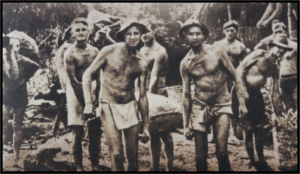
You’d get up on top of a fairly large mountain, a big hill. And you’d virtually start from the top and you’d cut all the bush and everything else a certain width and then you’d start digging. You might go down forty or fifty feet. You’d start with a big wide area at the top of the mountain come down, you’d slope it down because if you went straight down the whole thing would fall in. So we would start at the top with a good width, and then as you dig you would come right down to where the track was. A track would be wide enough for the train and a bit on either side. We never had wheel barrows as we know them now. We had 44 gallon drums cut in half but most of it was done in carrying wicker baskets.
At the end of the cutting you’d have to build a bridge across the gully to the other mountain. Blokes on the other side would be doing the same. When we did that we would have to drive piles into the ground with timber cut out of the jungle. It would take at least three blokes to carry a pile. They had elephants working there too. The elephant would get hold of it and he would just get the weight, the balance of the thing and he’d carry the damn thing down and drop it.
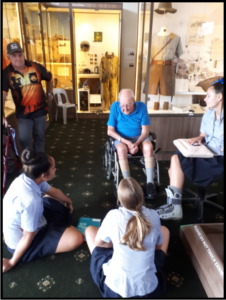
The weather at that point was hot and dry. That was prior to the wet season. When the wet season started we left the 26 kilo camp and went to the 75. The 75 kilo camp wasn’t too bad. It had a river right near the camp. When we finished work we could just go into the river and have a bit of a wash and cool off. While we were there at the 75th more urgency was put on us; they told us the line had to be finished, I think it was in September 1943. This soon translated into us working all day and night. There were two shifts. At night they used to have big bamboo fires and they would have blokes just chucking on bamboo. The others were working by the fire light which was hopeless if you were doing dangerous work like bridge work. There were a lot of accidents. Blokes would fall off scaffolding especially in the bridge work. They would have a big bamboo structure built, like a dolly or monkey they called it. It would either be out of steel or a big lump of teak wood. They’d pull it up. They would have a heap of blokes. There might be 20-30 blokes pulling this thing up and it would be positioned over the pile and just let her go. It would just go down and it might drive it into the ground a little. Back you’d go again. They would drive in about 20-25 of these things a day. It was hard work. The rations were crook and of course when the wet season came, it rained.
The only thing that saved us was hygiene. That was a number one priority. We had half 44 gallon drums of boiling water going all the time. And we put all our cooking and eating utensils into it. All the water we drank had to be boiled to avoid getting cholera.
The wet season was terrible. You were up to your knees in mud. All the so called roads that were all right in the dry weather were impassable in the wet. 105 camp was the worst camp. It had Black Water fever; it had Dengue fever; Cholera broke out there and of course the Japanese were very frightened of Cholera. Any blokes who had Cholera they would be put in isolation.
I got crook. I had malaria and dysentery and the worst things were tropical ulcers on your leg. You could get them anywhere. You would nick yourself with a bit of bamboo or something. When you were on rockwork any chips of rock that hit your leg, well there was a good chance it would turn into an ulcer. At the end of 105 kilo word came through that we were moving and most of the troops were transported over the line that we had built. This was a pretty hairy trip because everybody had been sabotaging the line, and that’s not just running over flat country. You’d run right round mountains with bridges built into the side of the mountain. It could be a 50-60 foot drop, or possibly more. We were all transported back by rail and we went into Thailand to a camp called Tamacan. I was then put into the Number One Japan Party and sent to Saigon to load rice onto ships.
From Saigon Wal and his mates were then shipped to Japan on a working party only to be torpedoed enroute by an American submarine. Wal survived the sinking of the ship and was then sent to Yokohama Bay in Japan where he miraculously survived the intensive Allied bombing before Japan surrendered. He arrived home in Sydney’s Rose Bay on his 23rd birthday. “It was like walking into a different world,” he recalls.
Author – Helen Johnston
Blog Posts
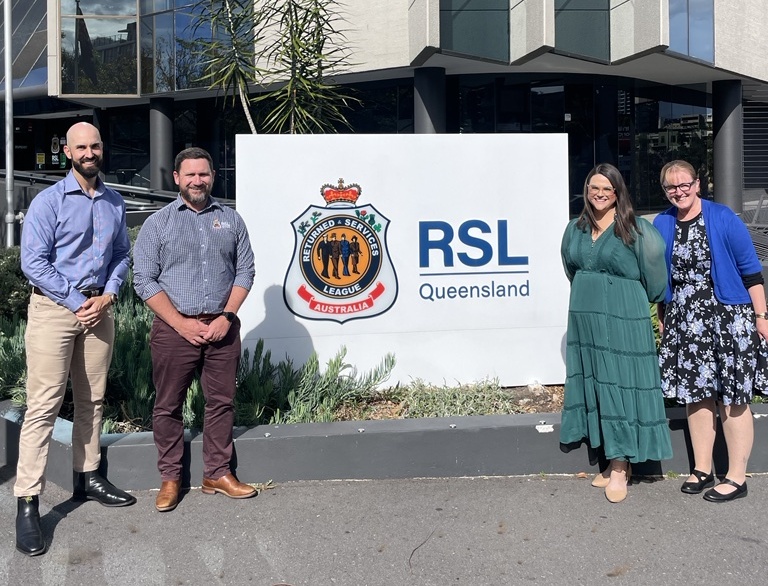
05 Feb 2024
NSW veteran employment prospects enhanced as RSL LifeCare partners with RSL Queensland
To further enhance the employment prospects of veterans and their partners, RSL LifeCare Veteran Services has today announced its...
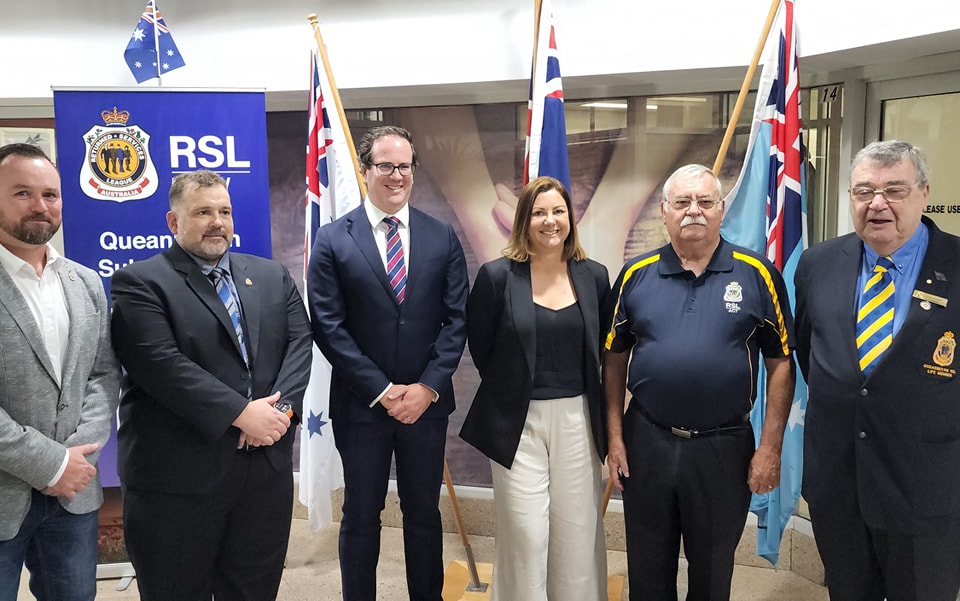
23 Jan 2024
RSL LifeCare receives $5.445 million in funding to deliver a new Veteran Wellbeing Hub in Queanbeyan
RSL LifeCare, in partnership with RSL NSW, will receive a $5.445 million grant from the Federal Government to develop...
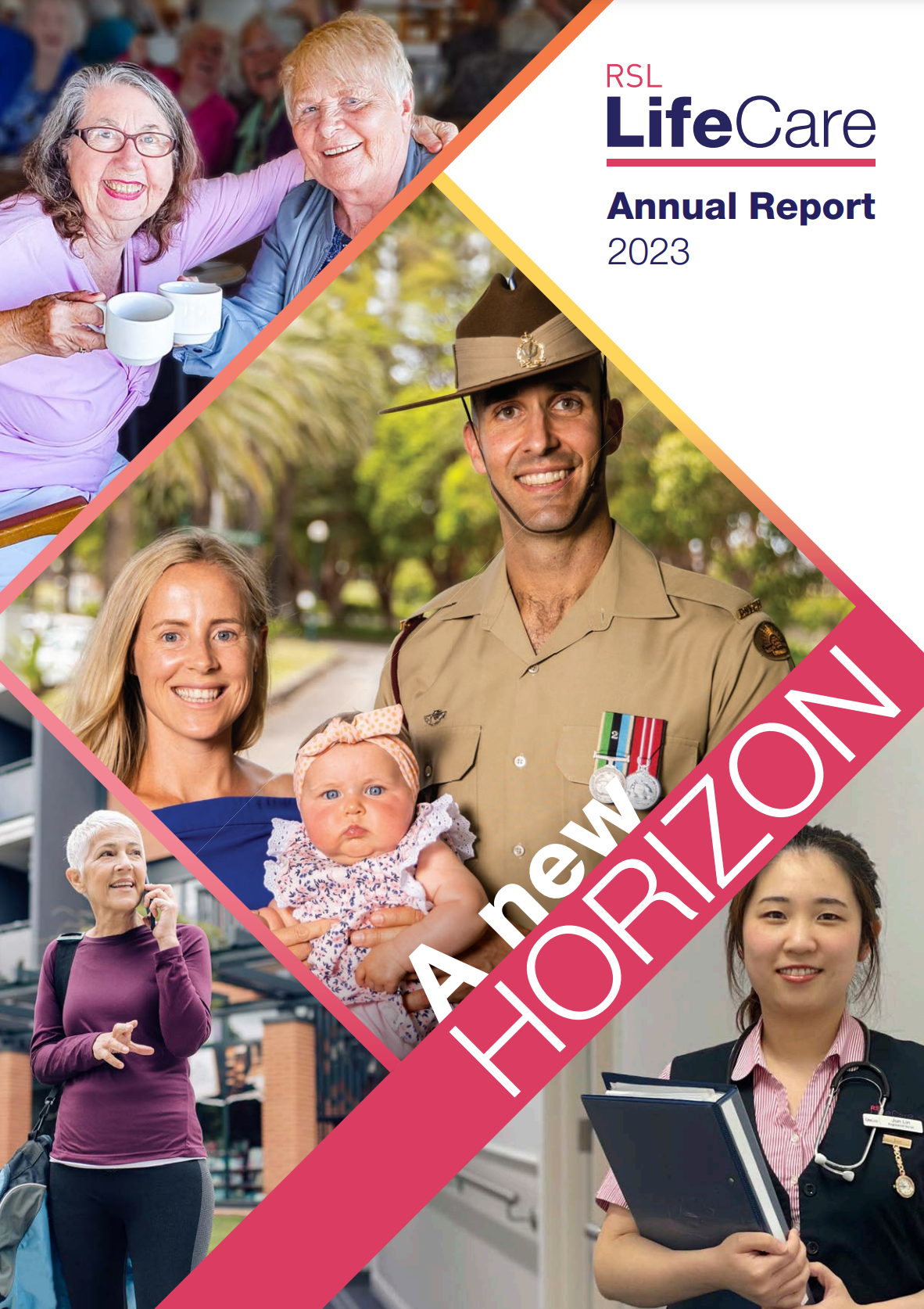
11 Dec 2023
RSL LifeCare Annual Report 2023
We are pleased to announce the 2023 RSL LifeCare Annual Report is now available to view via flipbook or...

27 Nov 2023
Positive impact of Intergenerational Relationships
The power of intergenerational relationships has been demonstrated on ABC’s Old People’s Home for Teenagers, featuring residents from RSL...
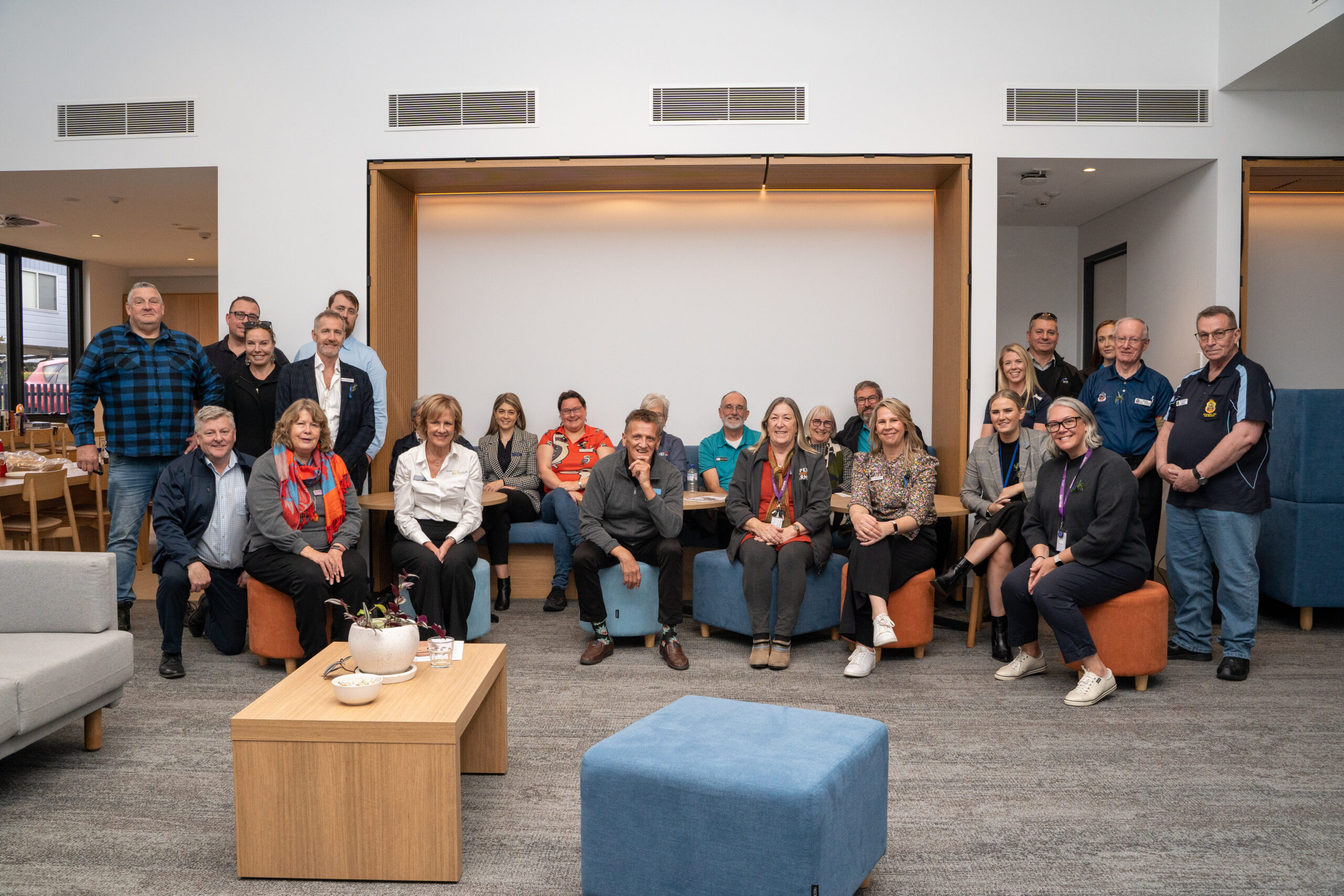
23 Nov 2023
RSL LifeCare secures $1.7 million funding to establish Central Coast Veteran and Family Hub and $243,000 for a centre at Bardia Barracks
RSL LifeCare has received $1.7 million in funding from the Albanese Government’s Veteran Wellbeing Grants One-Off Program to establish...
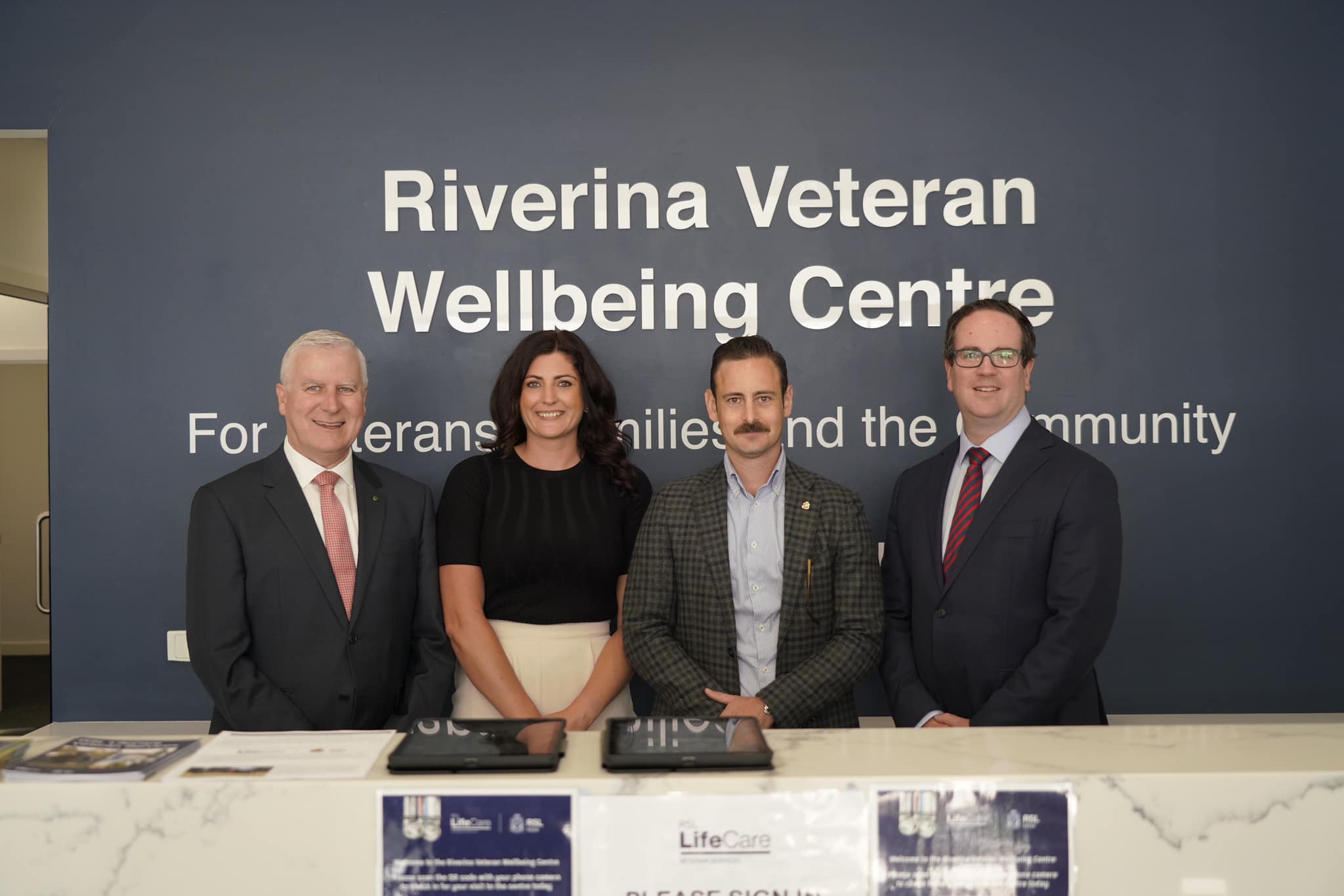
22 Nov 2023
RSL LifeCare awarded $520,341 in government funding to enhance Veteran wellbeing services in Riverina
RSL LifeCare has secured $520,341 in funding from the Albanese Government’s Veterans Wellbeing Grants One-Off program that will be...
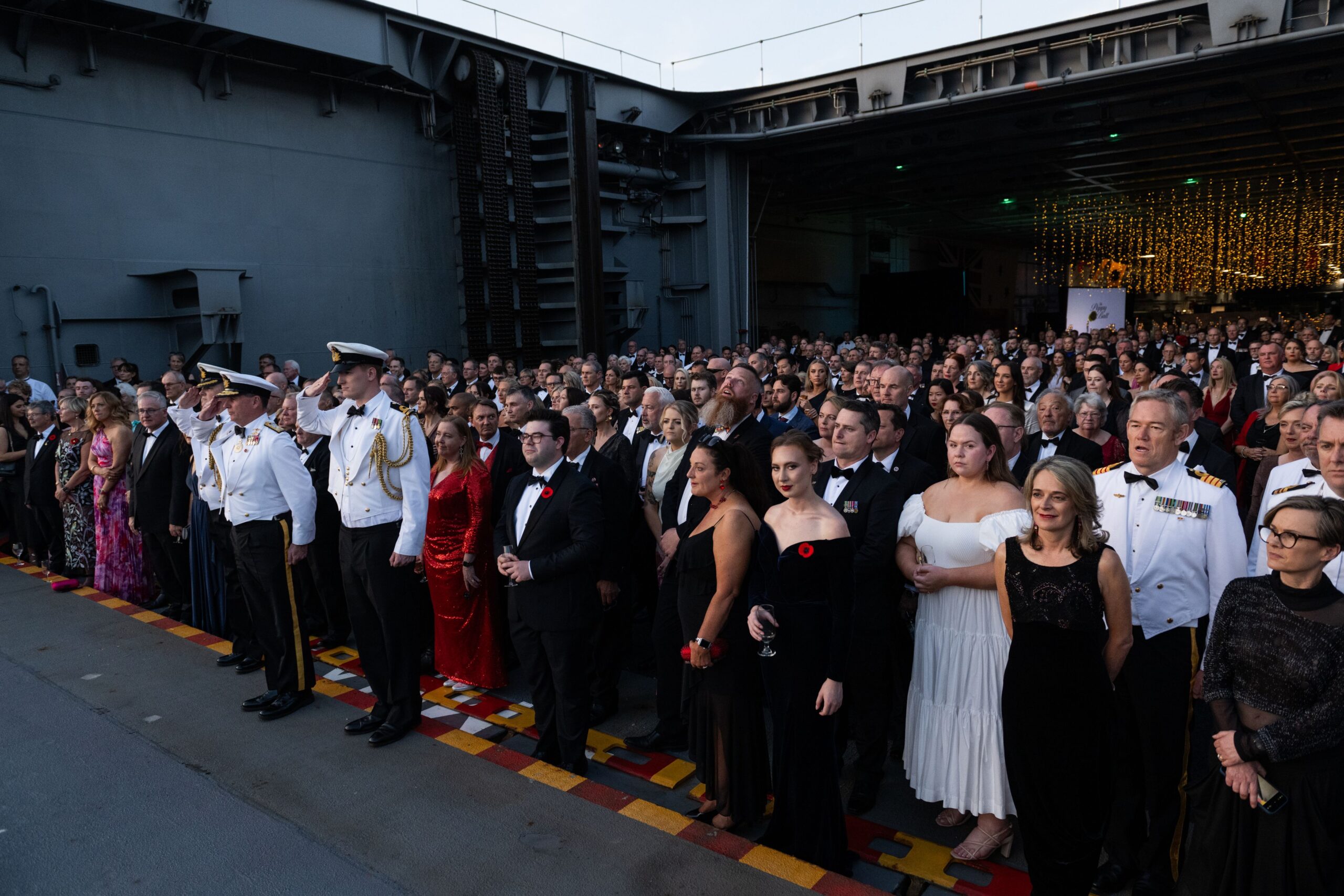
14 Nov 2023
RSL LifeCare hosts the inaugural Poppy Ball aboard HMAS Adelaide (III)
The inaugural Poppy Ball was held in Sydney on Saturday 11 November 2023 aboard the HMAS Adelaide (III). The...
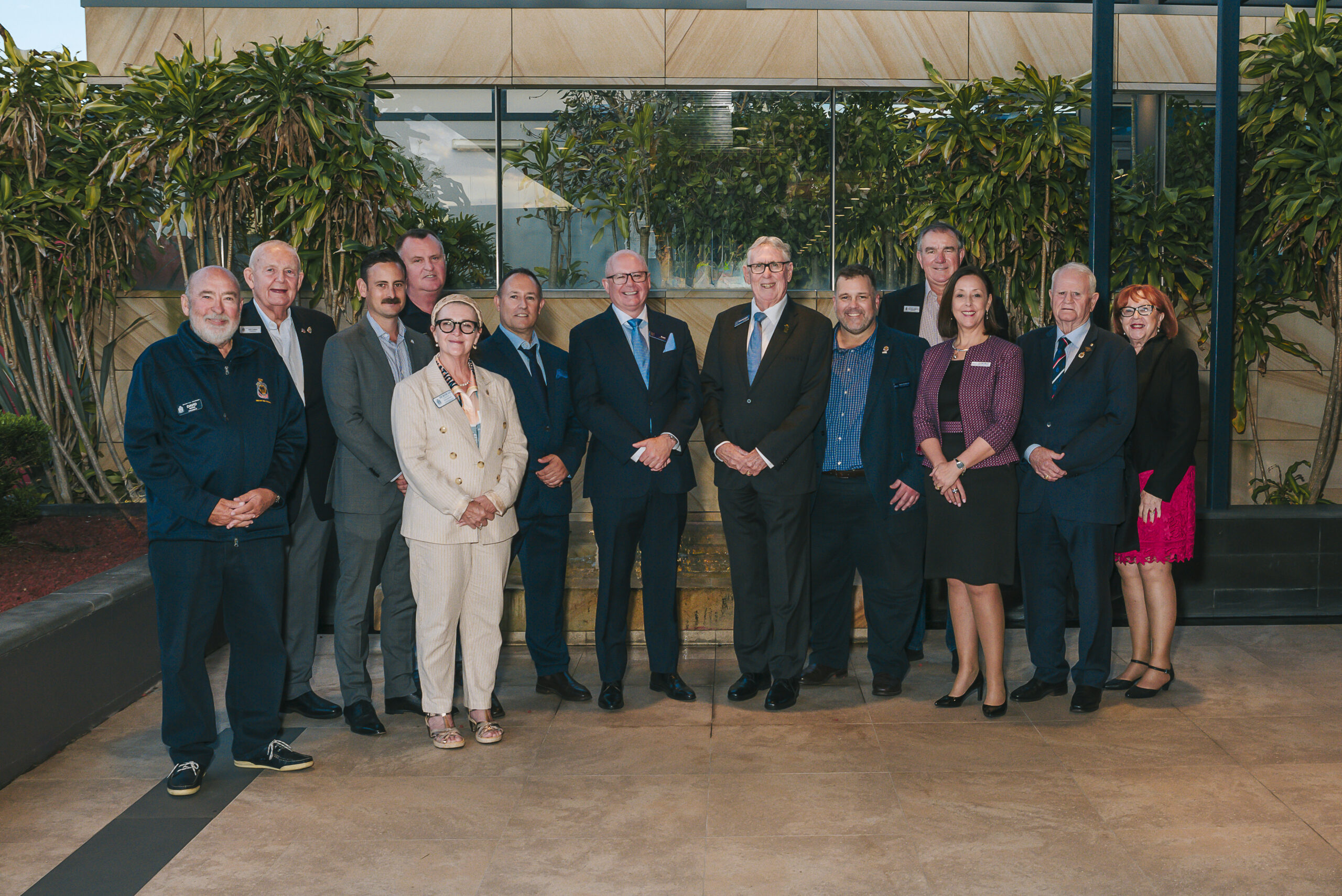
26 Sep 2023
RSL LifeCare announces plans for new Veteran Wellbeing Centre in Dee Why
RSL LifeCare is set to extend its crucial service delivery for local veterans and their families with the opening...
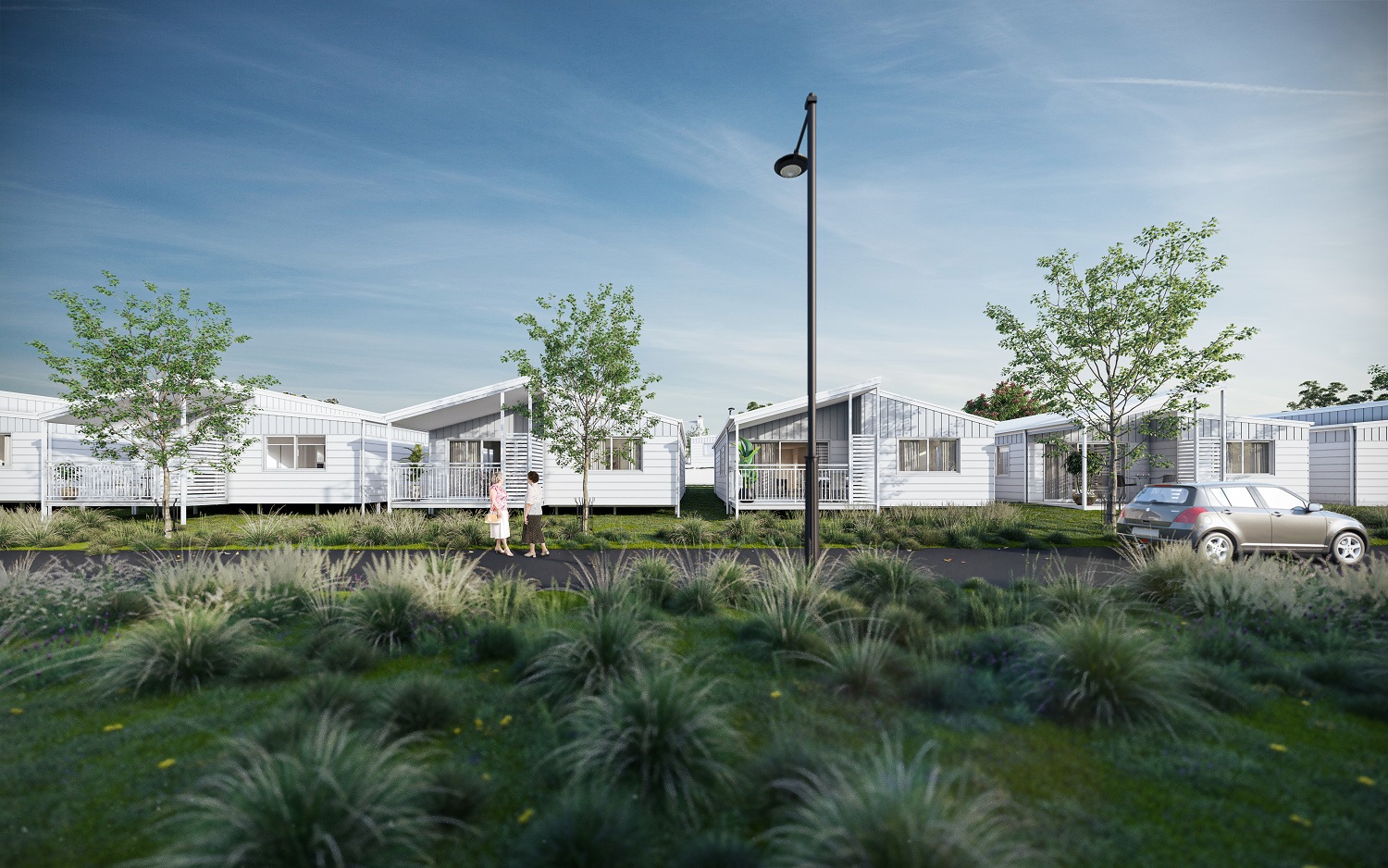
20 Sep 2023
RSL LifeCare Nowra Community Unveils Visionary Expansion, Elevating Retirement Living to New Heights
RSL LifeCare has today announced Stage 2 release of its Dumaresq Retirement Village at RSL LifeCare Nowra Community. The...
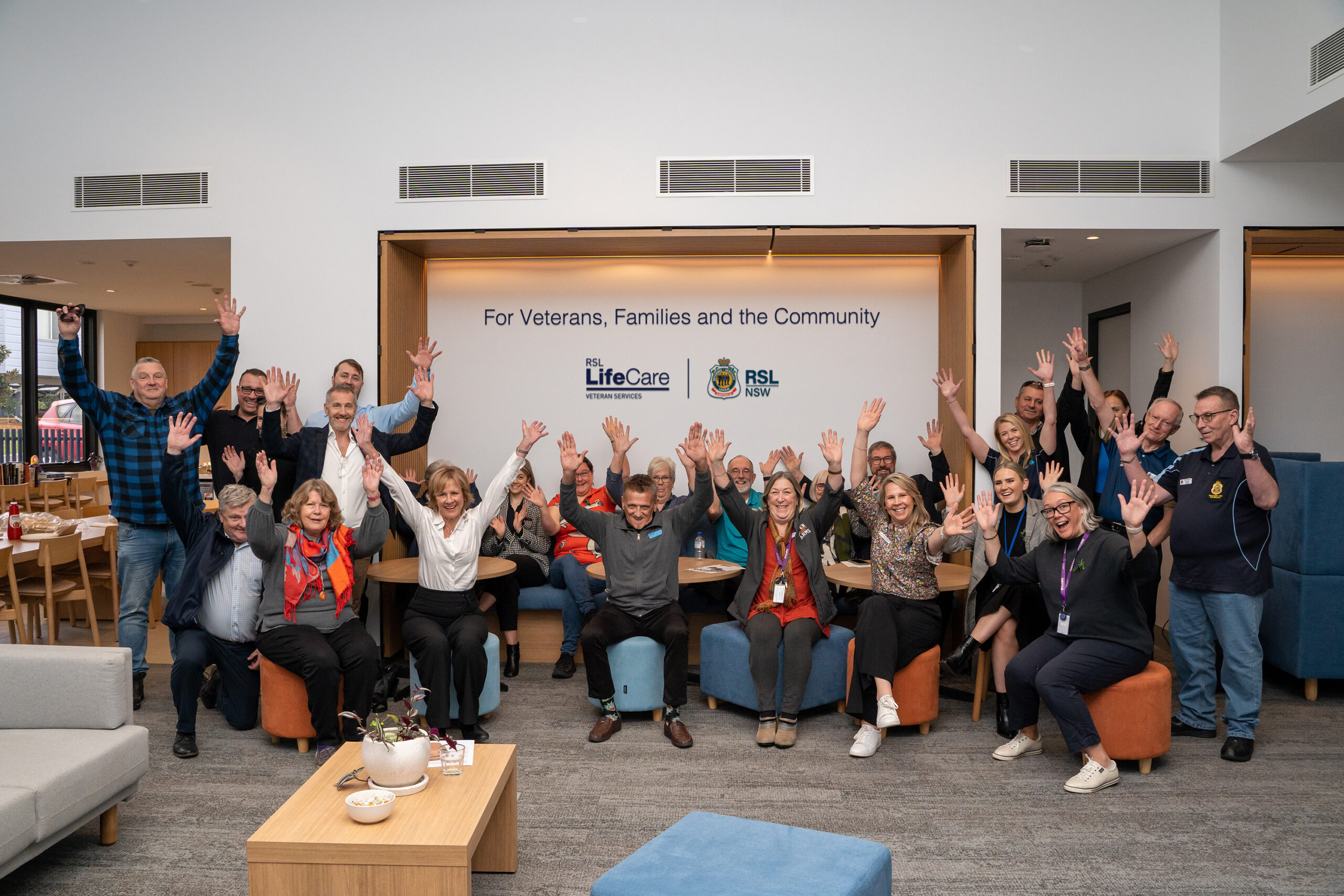
22 Aug 2023
Federal Government grant awarded to RSL LifeCare
RSL LifeCare has been awarded a $50,000 grant by the Australian Government to support the development of a business...
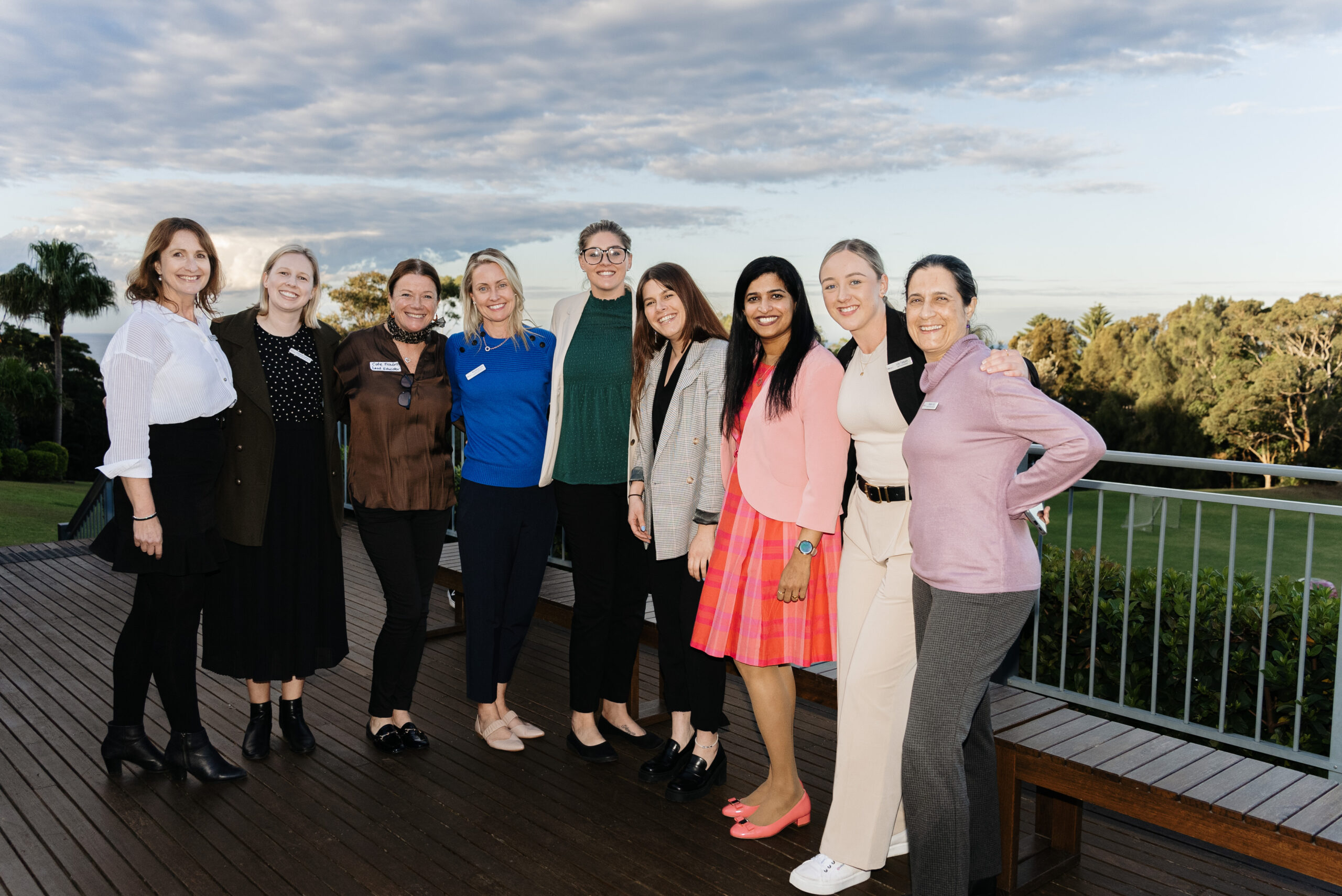
16 Aug 2023
RSL LifeCare a finalist in Best Graduate Development Program – Australian HR Awards 2023
August 2023 – RSL LifeCare’s Graduate Registered Nurse Program has been announced as a finalist in the Australian HR...
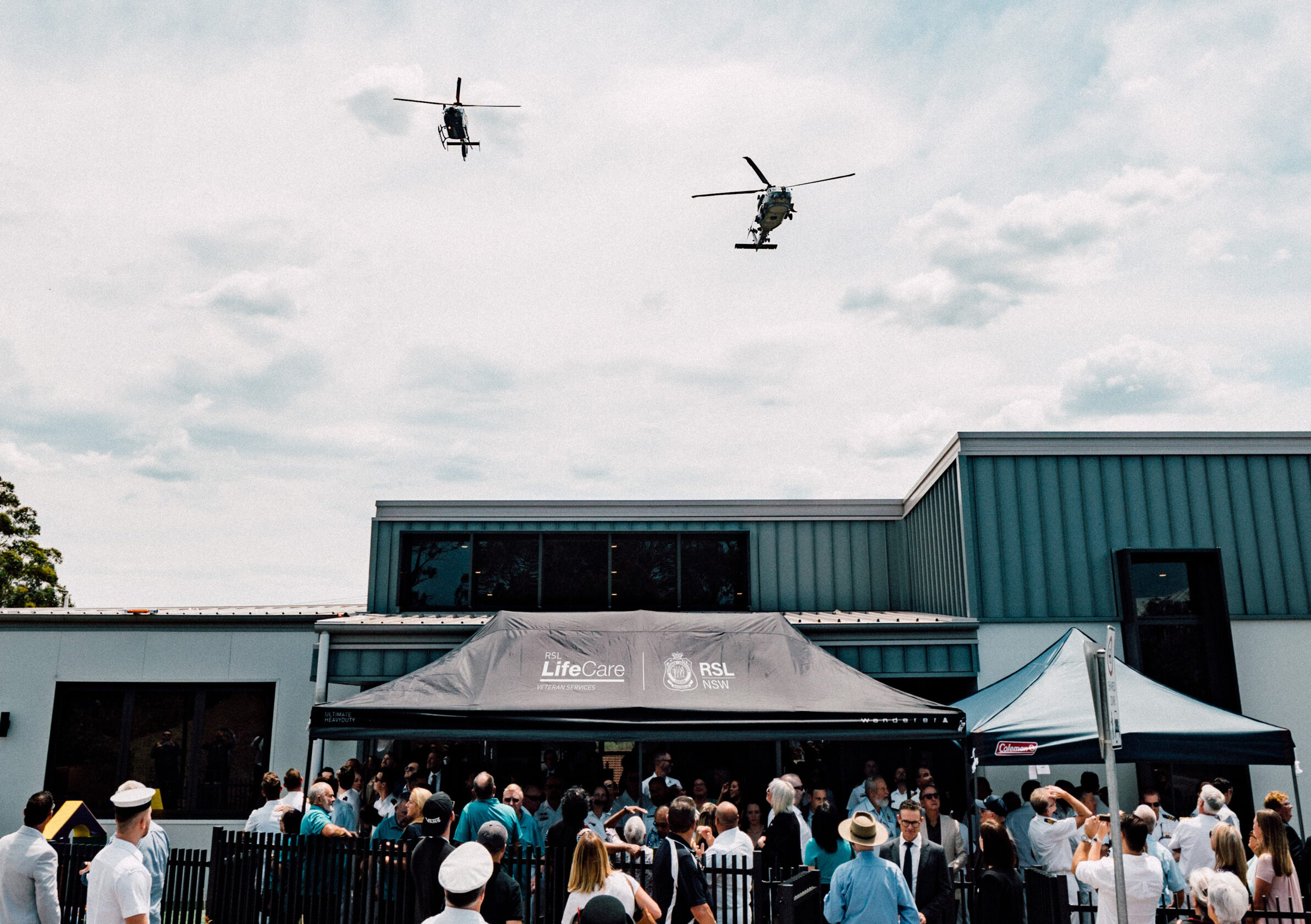
14 Aug 2023
RSL LifeCare successfully moves to the second stage in becoming the provider for a Veterans’ and Families’ Hub in both the Tweed-North Coast region and Queanbeyan.
RSL LifeCare has welcomed the opportunity by the Federal Government to submit a business case to deliver a Veterans’...

08 Mar 2023
Message from our CEO celebrating International Women’s Day
Good morning everyone, Today, on International Women’s Day, we take the opportunity to celebrate the contribution made by the...
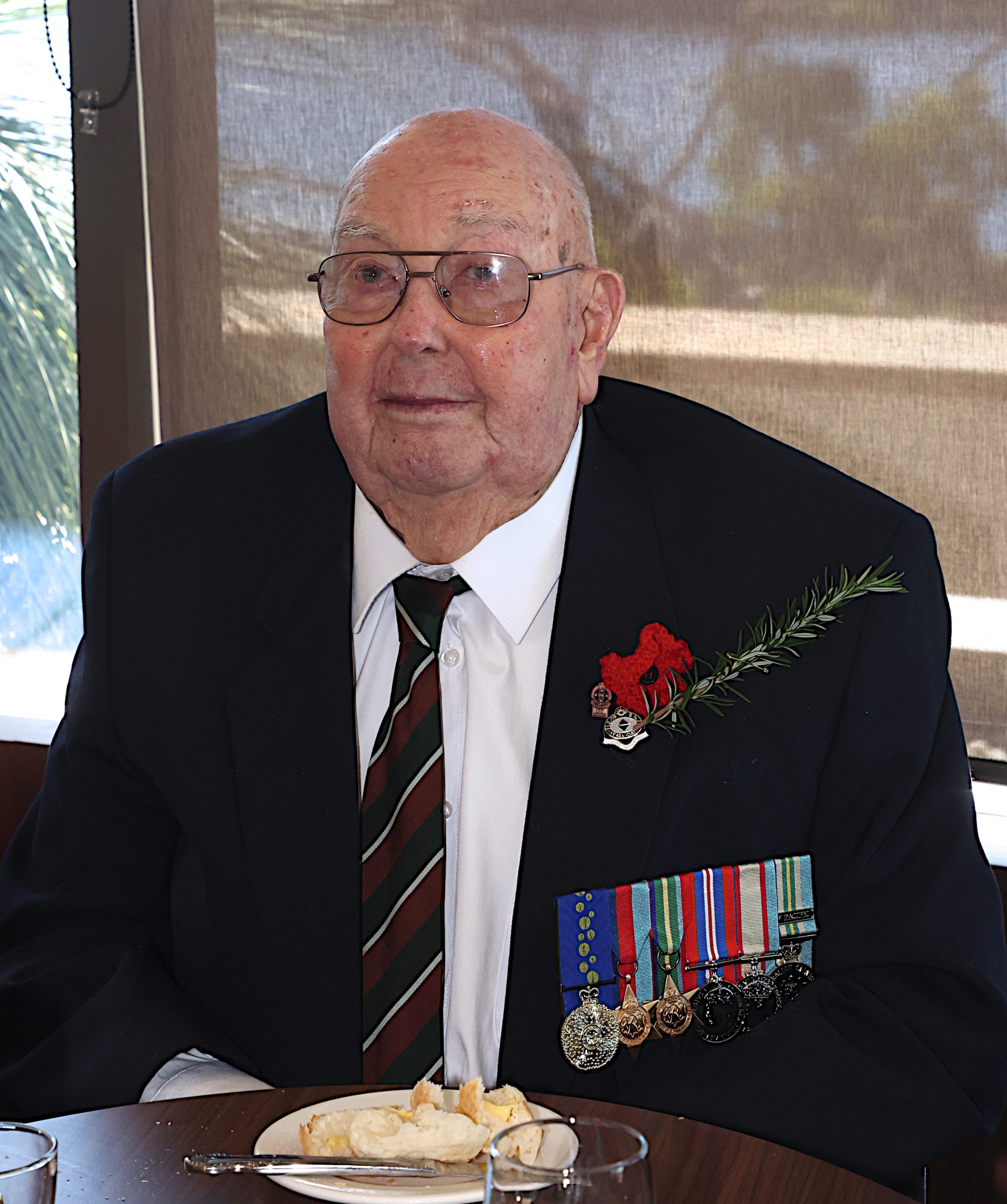
09 Jun 2022
Vale Walter Williams OAM
RSL LifeCare staff and residents alike have been deeply saddened to learn of the passing of long – time...

12 May 2022
Giving our nurses a voice to lead
Today, on International Nurses Day (IND) we shine a light on our nursing staff and their vital work. Our nurses...
08 Apr 2022
RSL LifeCare Veteran Services – one team supporting veterans and their families
The delivery of Veteran Services has been core to RSL LifeCare since its beginnings over 100 years ago. Now,...

20 Mar 2022
How the RSL Veterans’ Employment Program helps veterans find work
Transitioning to a different career is not always easy for veterans returning to civilian life. The RSL Veterans’ Employment...
24 Nov 2021
RSL LifeCare Annual Report 2021
I am pleased to advise that the 2021 RSL LifeCare Annual Report is now available. This annual report is...
06 Oct 2021
Rapid Antigen Test kits now available to Aged Care providers.
The Department of Health is offering Rapid Antigen Test kits to aged care providers across NSW in high-risk Local...

05 Aug 2021
Aged Care Employee Day is a day to thank everyone at RSL LifeCare.
7th August is Aged Care Employee Day. This is a day for us to thank every person who works...
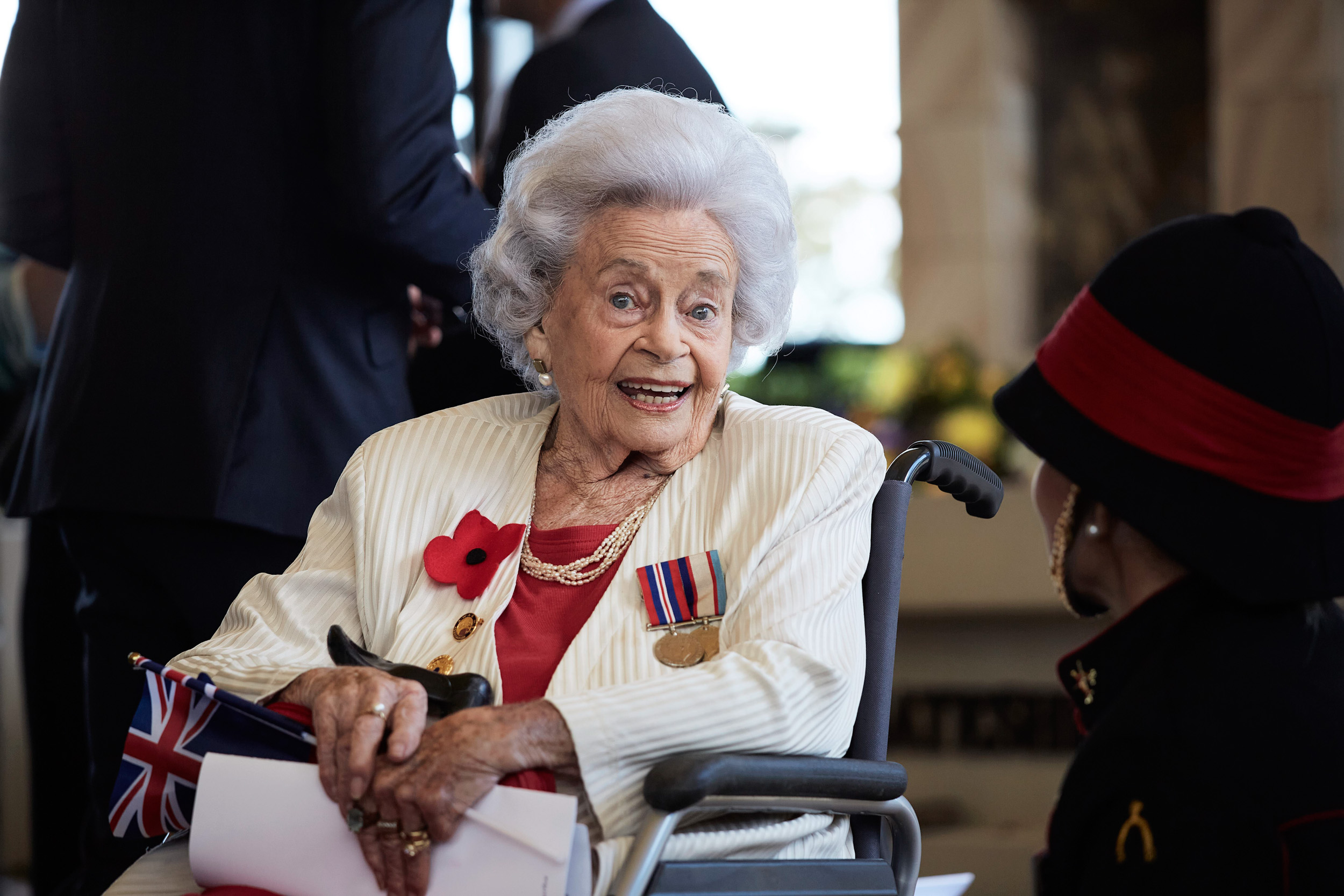
12 Jul 2021
World War 2 code breaker Marion Painter features in Sky News documentary
ANZAC Village, Narrabeen resident Marion Painter has featured in Sky News documentary, The Alliance, about her time as a...

29 Jun 2021
Aged care workers should be vaccinated on site.
AGED care provider, RSL LifeCare, have applauded the Australian Government for their decision to mandate COVID-19 vaccinations for staff...
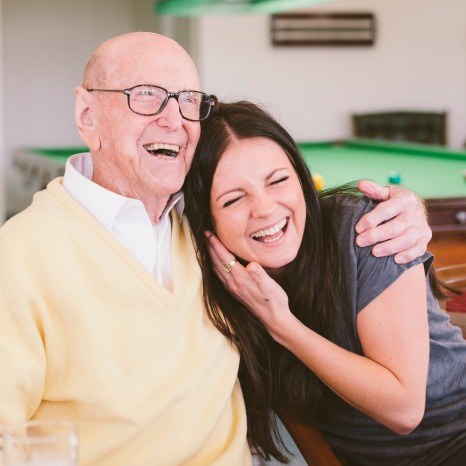
23 Mar 2016
Laughter is the best medicine
Laughter releases endorphins, giving us the ‘feel good factor’ Acts as aerobic exercise and is like ‘internal jogging’ Unleashes...
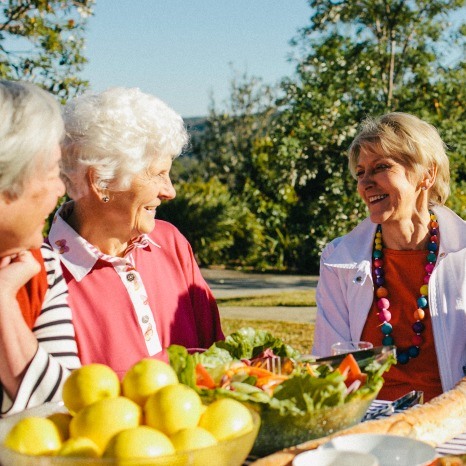
17 May 2016
A healthy diet for a healthy heart
Valentine’s Day saw people thinking of love and things of the heart and we thought it would be a...
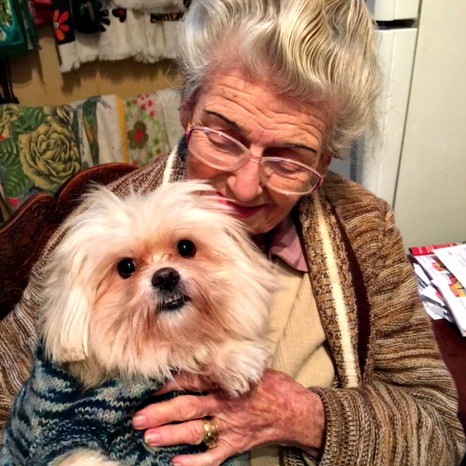
11 Oct 2016
Pets and Positive Ageing
Animals play an important role in our lives. As Community Staff, we are blessed to see the bonds that...
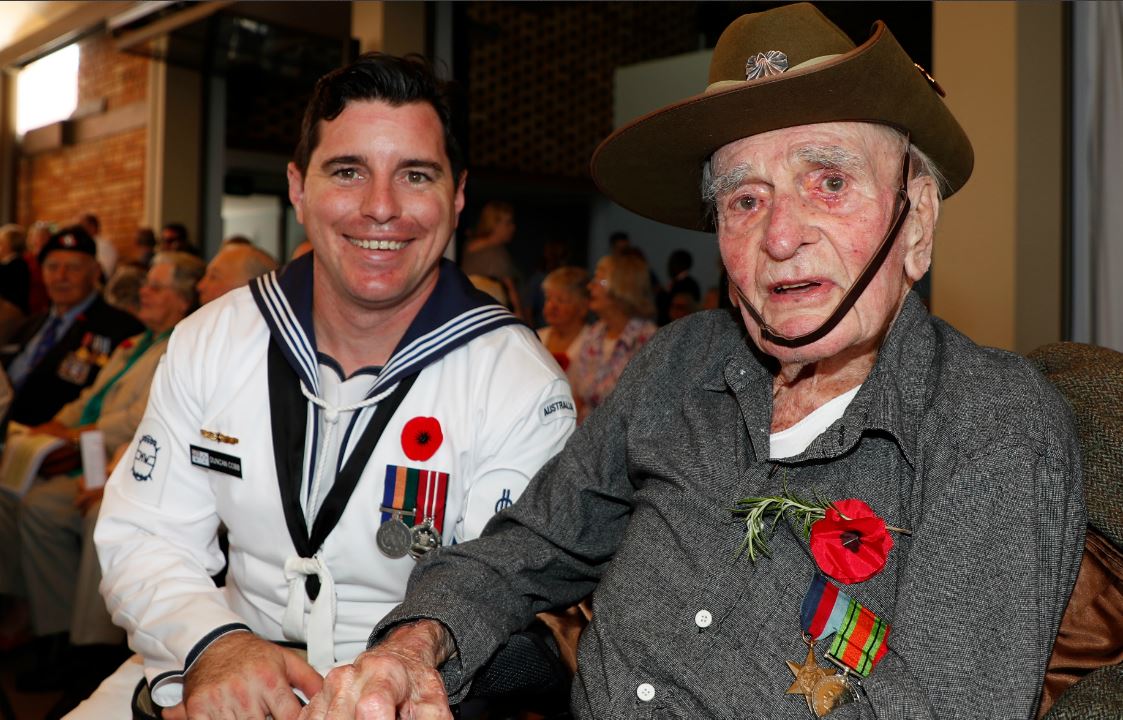
More from the blog
Latest News
Peter Fletcher’s Journey through WWII and Beyond
Peter Fletcher was born on March 18, 1924, in Brisbane, Queensland. At the age of 18, in 1942, he joined the Royal Australian Air Force...
Read moreCathy’s Tale of Work, Family, and Volunteering
"I was born on 19 December 1927. I'm 96 now. Originally from Tamworth, NSW. I began my career as a secretary, starting in Tamworth, then...
Read moreRSL LifeCare receives grant to develop a new Veterans’ and Families’ Hub in the Tweed-North Coast Region.
RSL LifeCare, in partnership with RSL NSW and sub-Branches, will today receive a $5.445 million grant from the Federal Government to develop a Veterans’ and...
Read moreRSL LifeCare receives multi-million dollar grant to develop a new Veterans’ and Families’ Hub in the Hunter Region’
RSL LifeCare, in partnership with RSL NSW and sub-Branches, will today receive a $5.445 million grant from the Federal Government to develop a Veterans’ and...
Read moreRSL LifeCare receives $5.445 million in funding to provide holistic support for veterans from Hawkesbury to South Western Sydney
RSL LifeCare, in partnership with RSL NSW and sub-Branches, will today receive a $5.445 million grant from the Federal Government to develop a Veterans’ and...
Read moreThe Incredible Journey of John Currie: A Life Anchored in Service
"I was born in Western Australia as an only child to a family with proud Scottish heritage. Growing up, my roots lay in the Methodist church,...
Read moreEmbracing Life’s Symphony: Grace Lane’s Remarkable Journey
"Life at RSL LifeCare has been a surprising adventure for me. When I first arrived, my plan was simple - to do absolutely nothing. Little...
Read morePeter Boughton: A Life of Service and Treasured Memories
Peter Boughton was born on February 18, 1951, at the Sydney Women's Hospital. His early years were filled with beautiful memories, especially his close bond...
Read moreRSL LifeCare receives $5.445 million in funding to deliver a new Veteran Wellbeing Hub in Queanbeyan
RSL LifeCare, in partnership with RSL NSW, will receive a $5.445 million grant from the Federal Government to develop a Veterans’ and Families’ Hub in...
Read moreJacquie’s 16 Years of Heartfelt Volunteering at RSL LifeCare
"I'm Jacquie, short for Jacquelyn Finley. I'm 76 years old, and I've been a volunteer at RSL LifeCare John Goodlet Manor for nearly 16 years now. You...
Read moreMargaret’s Journey: From Humble Beginnings to Cherished Community Life
"I was born in the lively neighbourhood of Willoughby and soon moved to Balgowlah Heights at the age of five. Growing up in a bustling...
Read moreJoan’s Creative Pursuits: Knitting, Puzzles, and Cherished Moments at RSL LifeCare
Many residents at RSL LifeCare love to participate in a variety of hobbies that keep their minds and hearts engaged. One such resident is Joan Herringe from RSL LifeCare Connie Fall. One...
Read more
